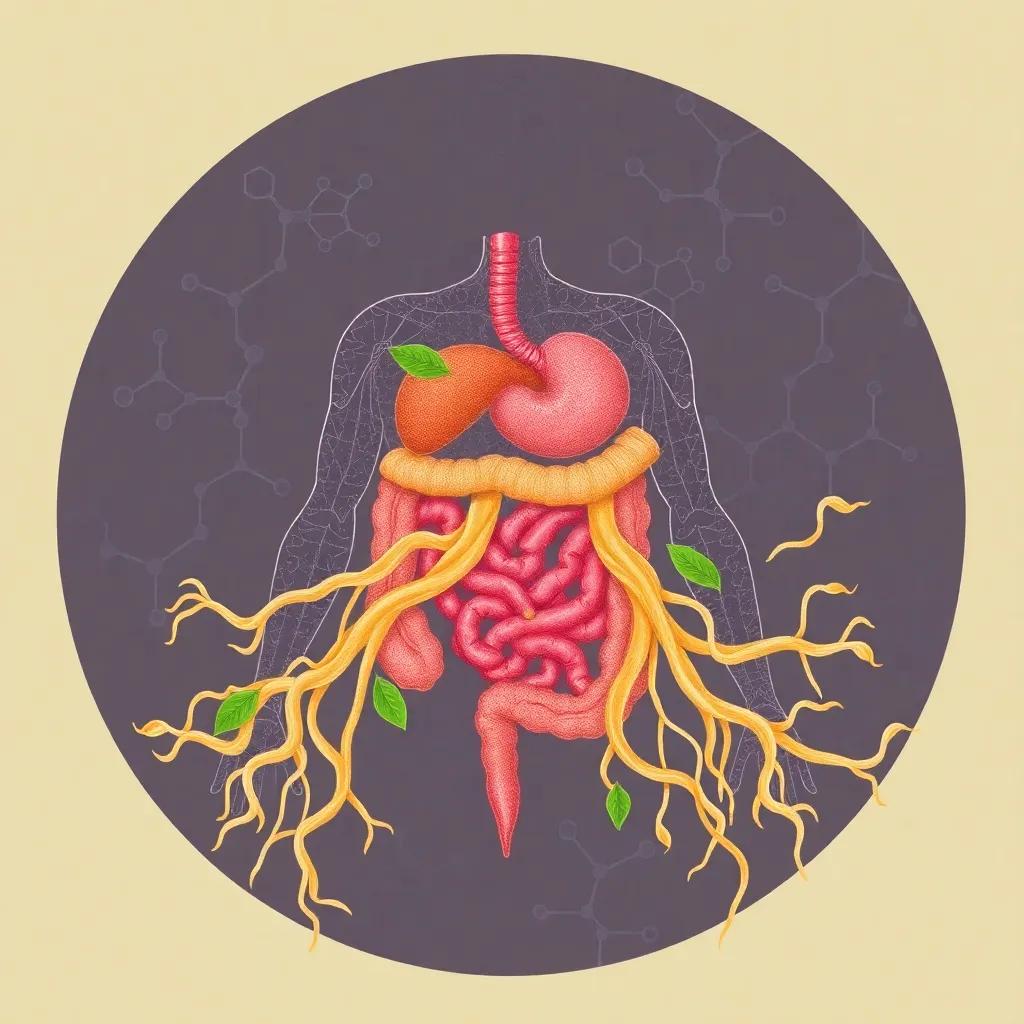Exploring the effects of konjac glucomannan (KGM) on glucose and lipid metabolism in obese mice, comparing sol, gel, and frozen gel forms for weight management.
Recent studies highlight konjac glucomannan’s potential in managing obesity by improving glucose and lipid metabolism through different intake forms.
Introduction to Konjac Glucomannan
Konjac glucomannan (KGM) is a water-soluble dietary fiber derived from the roots of the konjac plant. Known for its high viscosity and ability to absorb water, KGM has been studied for its potential benefits in weight management and metabolic health.
Study Design and Methodology
A recent study published in the Journal of Nutritional Science
investigated the effects of different KGM forms—sol, gel, and frozen gel—on obese mice. The research aimed to compare their impacts on body weight, insulin resistance, and gut microbiota composition.
Key Findings
The study found that all forms of KGM significantly reduced body weight and improved insulin sensitivity. However, the frozen gel form showed the most pronounced effects, likely due to its slower digestion and prolonged release of short-chain fatty acids (SCFAs).
Mechanisms of Action
KGM’s benefits are attributed to its ability to modulate gut microbiota and increase SCFA production, which plays a crucial role in energy metabolism and inflammation reduction.
Practical Applications
These findings suggest that incorporating KGM into dietary interventions could be a viable strategy for obesity management. Further research is needed to confirm these effects in human trials.




